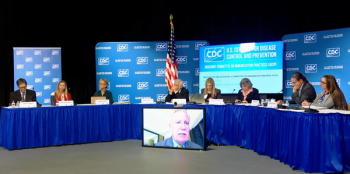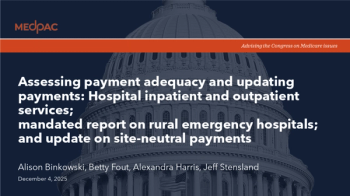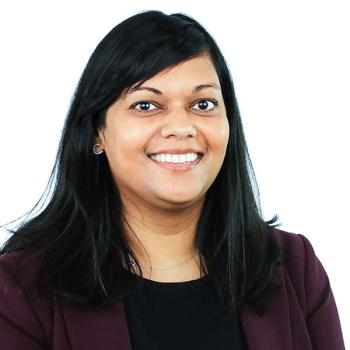
Why 45% of young adults don’t have a primary care physician — and what happens next
Key Takeaways
- Nearly half of U.S. adults aged 18-29 lack a primary care physician, indicating a gap in healthcare continuity.
- The transition from pediatric to adult care is often unstructured, leaving young adults unprepared for independent healthcare management.
A new educational effort from Ipsen spotlights one of medicine’s most overlooked weak points: the transition from pediatric to adult care.
Nearly half of U.S. adults ages 18 to 29 don’t have a primary care physician — leaving millions disconnected from the health care system just as they begin managing their own care.
The gap, long overshadowed by discussions around access and
One biopharmaceutical company,
The fragile handoff
The transition typically happens between ages 18 and 21, when patients legally become adults and must begin handling appointments, prescriptions and insurance on their own. But many young adults are unprepared, and pediatric systems often lack
“In the U.S., when a person turns 18, they’re considered a legal adult, and there are many changes that happen in the health care system related to that,” said Susan Shanske, clinical social worker and director of transitional care support at Boston Children’s Hospital. “The trouble is, we don’t prepare parents and kids for that transition in the way that we anticipate the shift from high school to college or work. That shift from pediatric to adult care can be just as disruptive and can result in young adults not getting the health care they need.”
According to a
Early intervention and independence
Ipsen’s new website,
“Through our work in rare pediatric conditions, we’ve seen how critical it is for teens and young adults to feel supported in moving from pediatric to adult care,” said Keira Driansky, executive vice president and president of North America at Ipsen. “By offering families and providers tools to start these conversations earlier, kids develop the lifelong skills needed to manage their own health with confidence.”
The site breaks it down into three tracks:
- Big kids: Games and exercises for elementary-aged children to begin speaking up in medical settings.
- Teens and young adults: “Watch-together” videos, a health care checklist and appointment-planning templates to encourage self-management.
- Caregivers: Conversation guides and strategies for gradually transferring responsibility while maintaining oversight.
A wider systems challenge
Studies show the handoff between pediatric and adult systems is one of the most fragile points in a patient’s care journey. A 2020 review in the
For physicians, the fallout is increasingly visible — delayed preventive visits, unmanaged chronic conditions and lost opportunities for early intervention. Improving these transitions will require greater coordination among pediatricians, primary care physicians and families to ensure young adults don’t lose access to care at a critical time in their lives.
Newsletter
Stay informed and empowered with Medical Economics enewsletter, delivering expert insights, financial strategies, practice management tips and technology trends — tailored for today’s physicians.
















